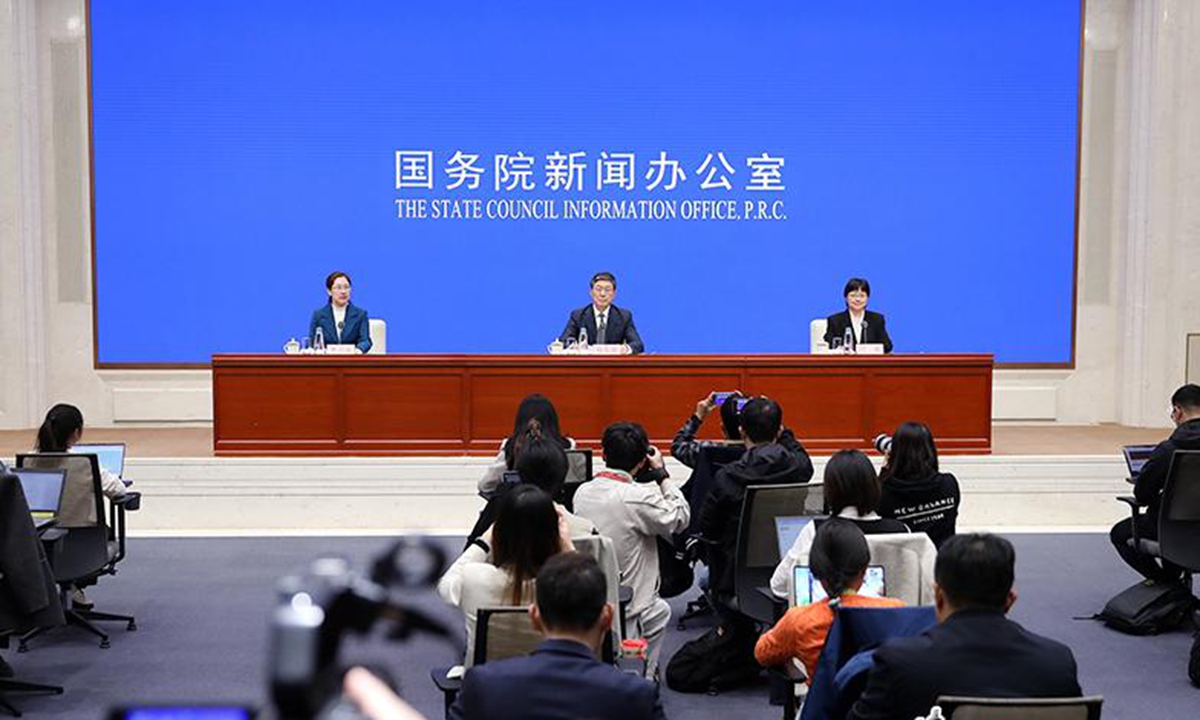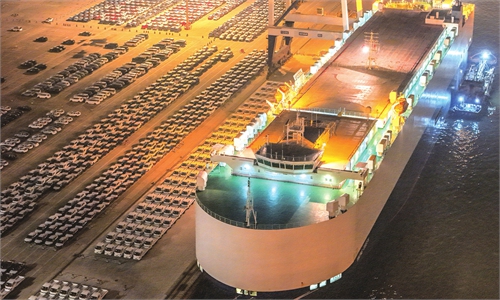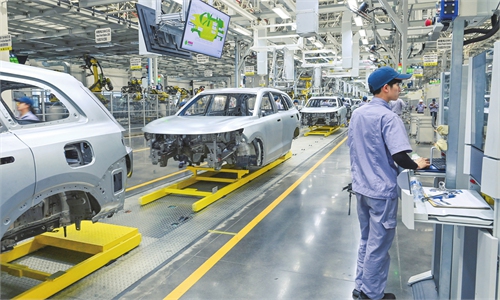
Photo: Screenshot of china.com.cn
The recent implementation of a package of incremental policies will continue to unleash the momentum for industrial upgrading, the potential for consumer spending and the vitality of business entities. "We are confident in achieving the annual development goals," Zhao Zhiguo, spokesperson and chief engineer of the Ministry of Industry and Information Technology (MIIT), told a press conference on Wednesday.
Zhao noted that in the first three quarters, the value-added of industrial enterprises above the designated size increased by 5.8 percent year-on-year, and the total industrial value-added accounted for 31.8 percent of the country's GDP.
Nine major industrial provinces grew faster than the national average, with major industrial cities such as Zhengzhou, Shaoxing, Wenzhou and Hefei achieving double-digit growth.
During the first three quarters, the automotive industry's value-added increased 7.9 percent year-on-year, with production up 1.9 percent to 21.47 million units and sales rising 2.4 percent to 21.571 million units. Sales of new-energy vehicles reached 8.32 million units, a year-on-year increase of 32.5 percent. Notably, during the recent three months, the sales proportion of new-energy passenger vehicles consistently exceeded 50 percent, achieving a new breakthrough, Zhao noted.
"Figures indicate that the industrial economy still plays a pivotal role in the national economy, acting as a 'ballast,' boosted by strong policy support including optimizing the business environment," Wang Peng, an associate research fellow at the Beijing Academy of Social Sciences, told the Global Times on Wednesday.
Wang noted that the incremental policies are expected to focus on increasing investment in technological innovation to promote industrial technology upgrades and enhance the core competitiveness of industries. Moreover, the policies will guide resources to cluster in industrial fields with high added value, thus optimizing the industrial structure.



